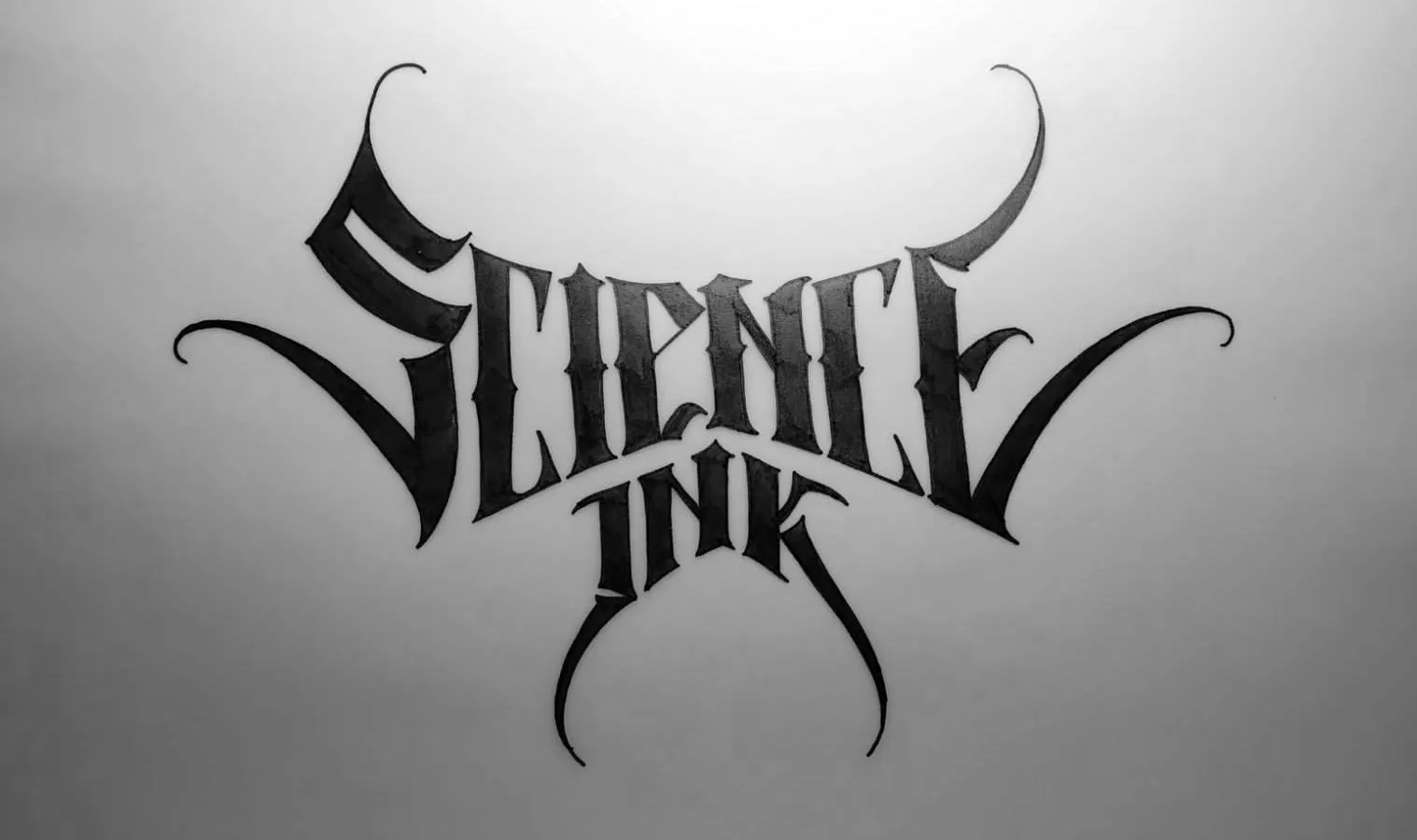
Integrative Science Communication: 'Science Ink'.
- Hosting organisations
- Zentrum für Informationsmodellierung - Austrian Centre for Digital Humanities (ZIM-ACDH)
- Responsible persons
- Helmut W. Klug
- Start
- End
In the project ‘Sience Ink’, contents of historical culinary arts and methods of digital humanities are processed with modern means. One concern is the creation of contemporary media products that can be used in different settings in the context of science communication. These products are video clips, a WebApp, essayistic summaries of scientific content and their didactic preparation in modules for school lessons.
The settings are oriented towards the target groups involved. On the one hand, these are users who are rarely reached in the context of science communication. The video clips are to be produced primarily for a young audience with little affinity for science. Specifically, the focus will be on the group of young adults between the ages of 16 and 30 who grow up in a non-university environment.
The video conception will be done in cooperation with a youth care facility, and the planned videos should arouse the interest of the target group as a stand-alone product through content and presentation alone. In addition, the video clips will be edited for other thematically interested target groups and can also be used for direct communication (workshop, school).
The project “CoReMA - Cooking Recipes of the Middle Ages”. (https://gams.uni-graz.at/context:corema) provides the basis for the content of the project. The project focuses on the question of the origin, transmission and migration of medieval cooking recipe texts. In the underlying project, historical cooking recipes are being made accessible for the first time with the help of methods from the digital humanities. The recipes, their tradition and their historical background as well as the research methods form the scientific basis that is to be conveyed to the intended target groups in the ‘Sience Ink’ project. From a scientific point of view, the omnipresent interest in food, nutrition and eating styles is a positive starting point for successful science communication that should not be underestimated. The digital methods go hand in hand with the steadily advancing digitalization of everyday life and thus offer practical points of connection to the everyday life of a young audience.